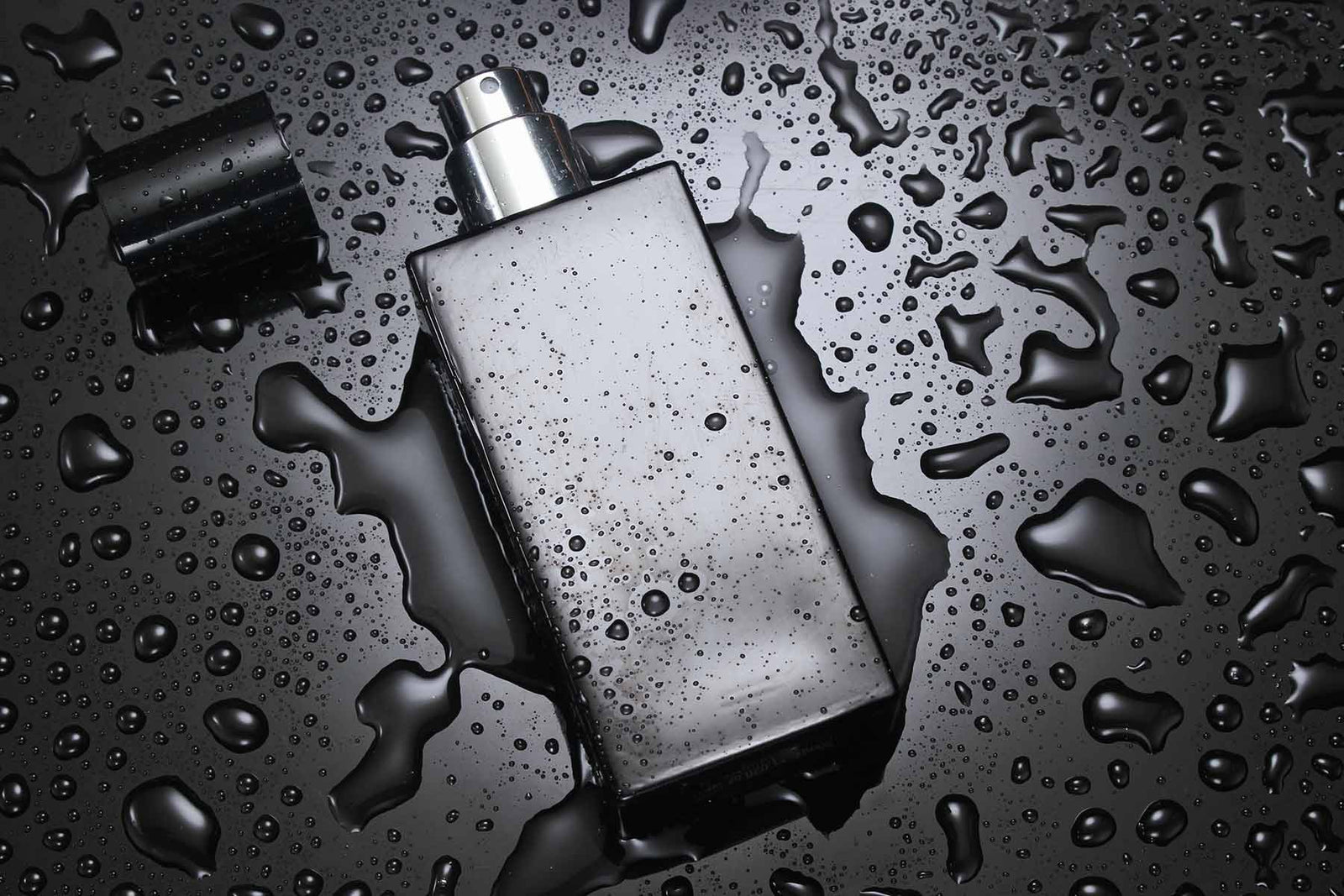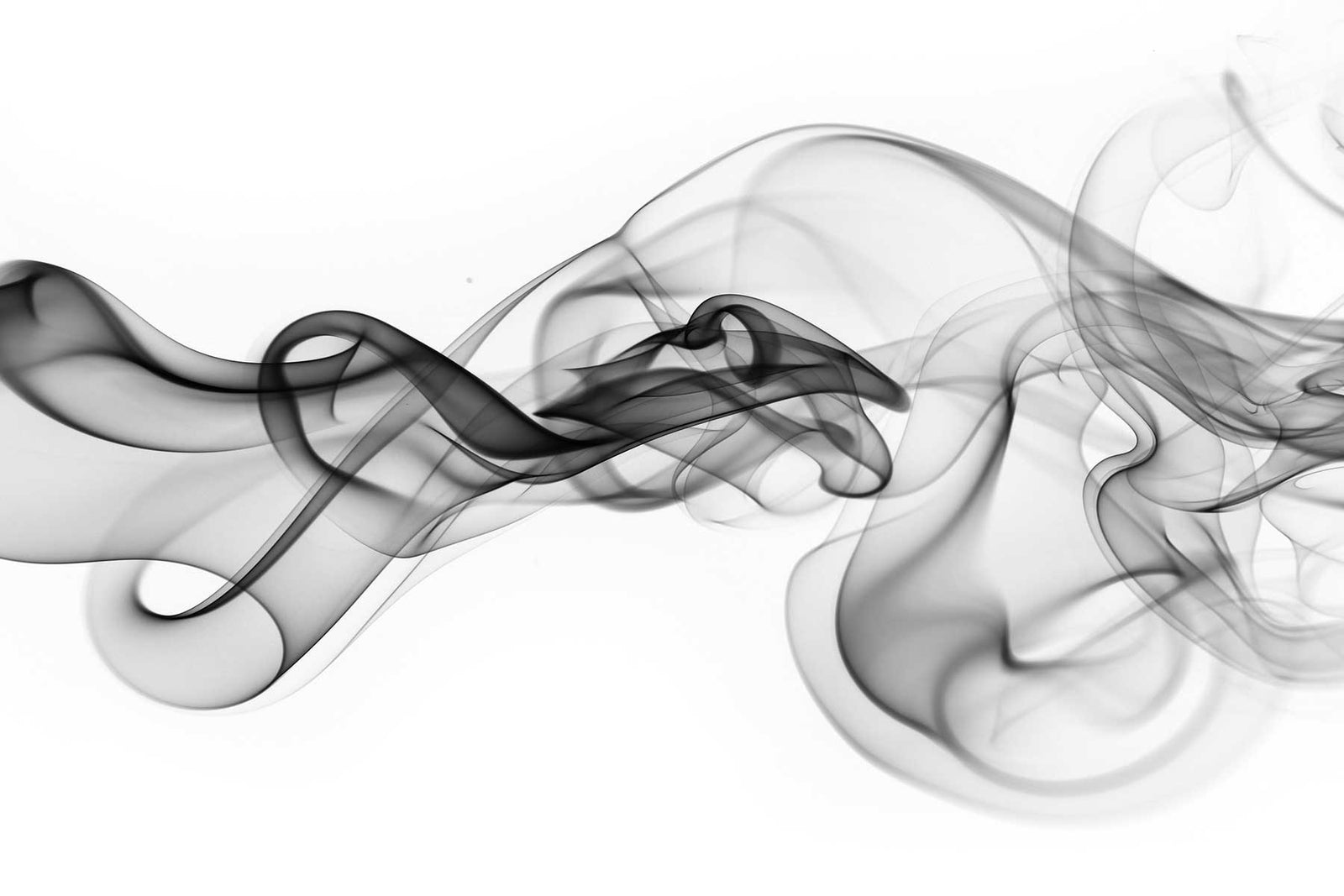Your Cart is Empty
12 Common Candle Problems and How to Fix Them
If you make or burn candles, you’ve probably run into a few frustrating issues. From flickering flames to tunneling wax, candle problems are common—but most have clear causes. Here’s a guide to 12 of the most common candle issues and why they happen.
12 Common Candle Problems
1. Frosting
What it looks like: White, frosted surface on the wax.
Cause: Recrystallization of triglycerides in the wax, often seen in soy candles.
2. Syneresis
What it looks like: Fragrance droplets or pooling on the surface.
Cause: Separation of fragrance from wax due to overload or incompatibility.
3. Inconsistent Burn (Multi-Wick)
What it looks like: Wicks burn unevenly.
Cause: Each wick acts as its own energy source, leading to imbalance.
4. Low Flames
What it looks like: Small, weak flames.
Cause: Undersized wick doesn’t draw enough fuel.
5. High Flames
What it looks like: Tall, oversized flames.
Cause: Oversized wick pulling too much fuel.
6. Mushrooming
What it looks like: Carbon buildup at wick tip.
Cause: Too much fuel or insufficient oxygen.
7. Tunneling
What it looks like: Candle burns down center, leaving wax ring.
Cause: Wick too small to melt full surface.
8. Dirty Wick Pool
What it looks like: Brown film in melted wax.
Cause: Fragrance incompatibility with wax.
9. Clogged Wick
What it looks like: Weak or extinguished flame.
Cause: Thick or incompatible material buildup inside wick.
10. Curled Wick
What it looks like: Wick bends dramatically.
Cause: Can lead to wick drowning or oversized unsafe flames.
11. Sooting / Smoking
What it looks like: Black smoke trails.
Cause: Incomplete combustion due to oversized wick, too much fragrance, or incompatibility.
12. Flashover
What it looks like: Wax pool ignites suddenly.
Cause: High pool temperature and low fragrance flashpoint. This is a serious safety concern.
Final Thoughts on Candle Burn Performance
Candle issues are common, but each one gives clues about wick size, wax blend, or fragrance ratios. With proper troubleshooting, you can achieve better burn performance and safer, longer-lasting candles.
Need help with candle troubleshooting? Reach out—we’re happy to answer your questions and guide you toward the right solution.




